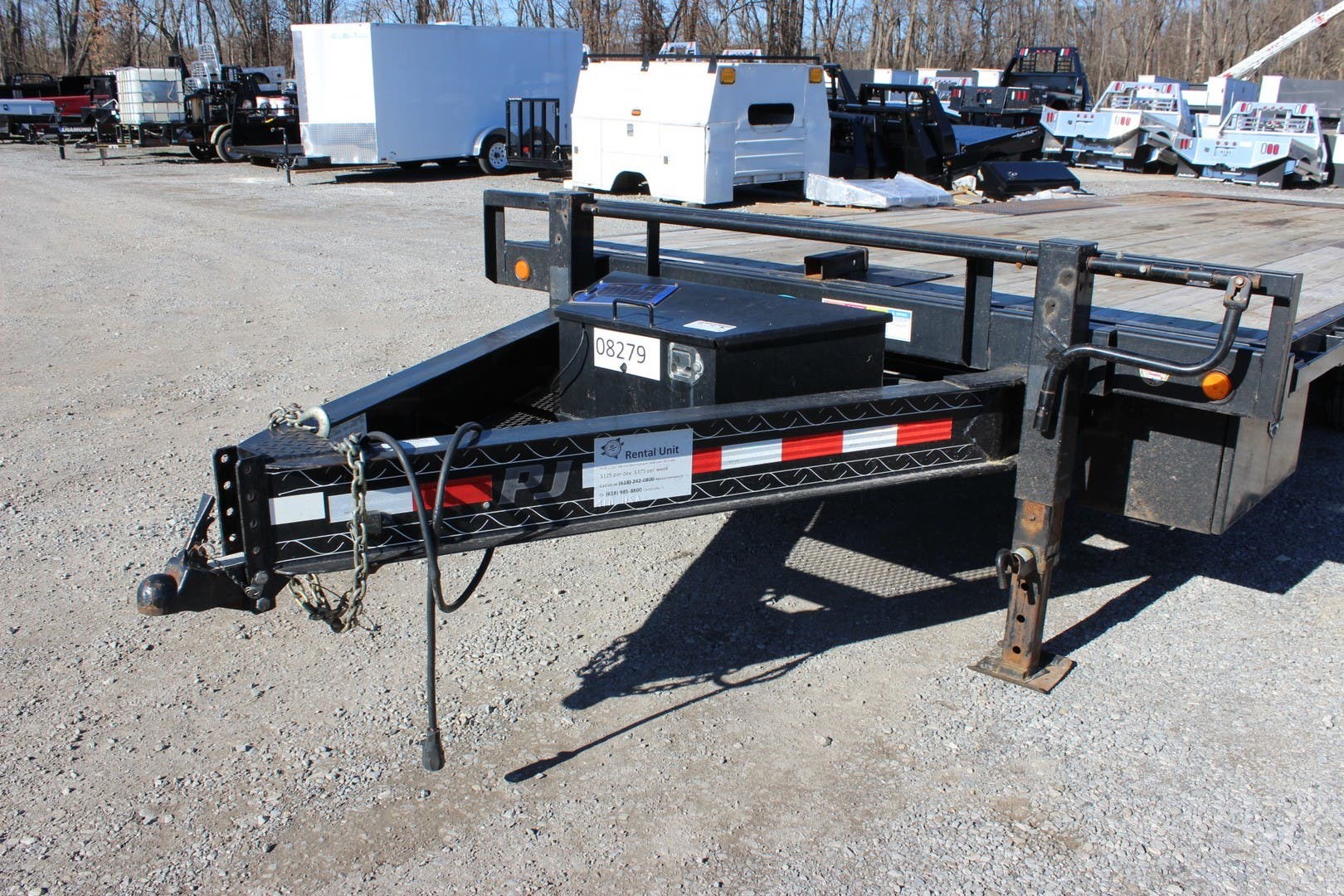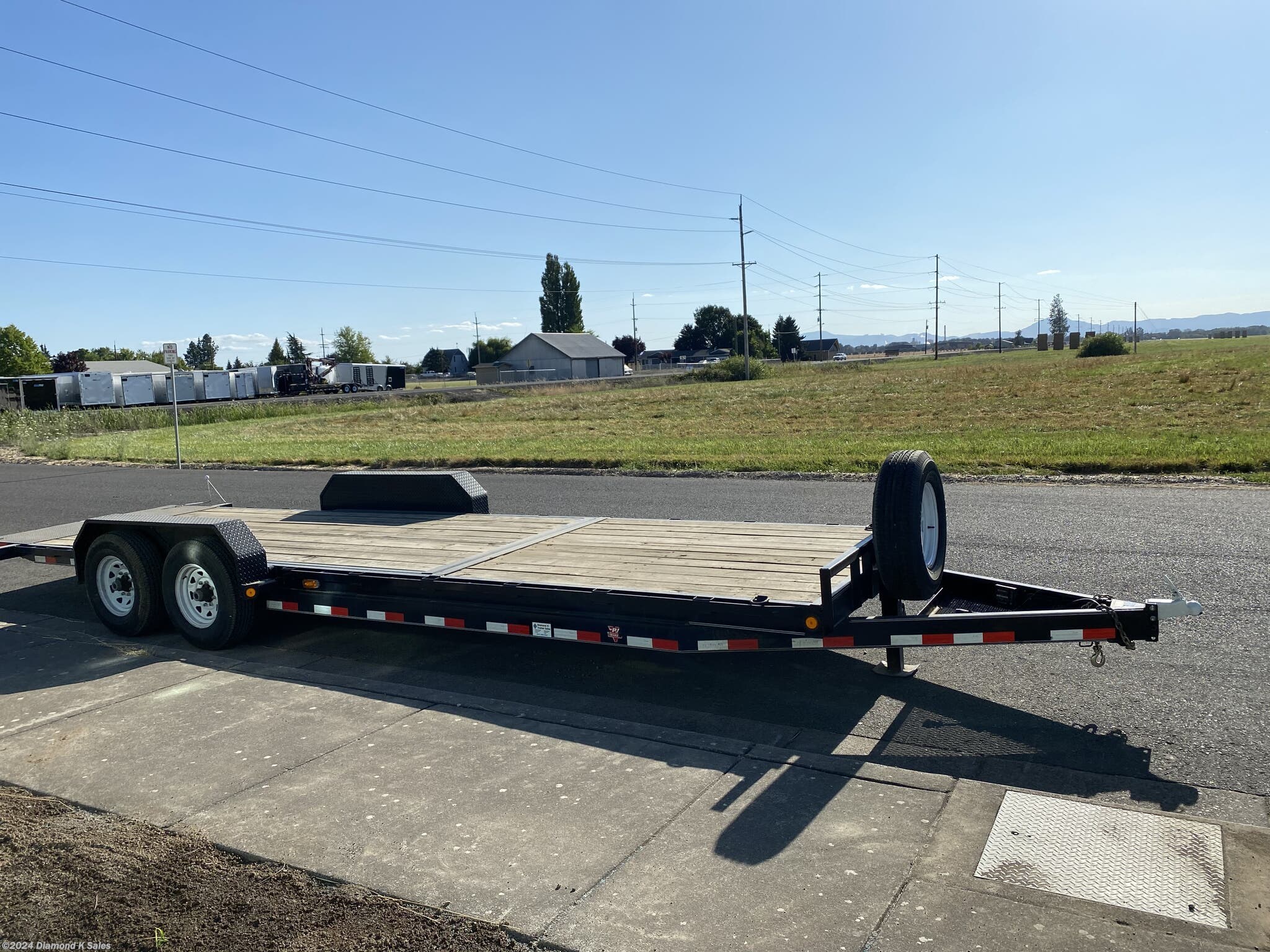

Specifically, the trailer in use was the PJ Tandem Dual Dump with the 20' bed. I believe PJ should have stood behind their product 100% and should address the issue with all trailers. For those price reductions I am appreciative, but it appears that proper engineering could have prevented the failure and all cost. It is my understanding that PJ provided the dealer (Riverside Boot and Saddle) replacement parts at a reduced price and the dealer fixed the trailer at a reduced labor cost. This failure resulted in a consumer cost of $1741.00. I believe the problem lies with PJ's purchase specifications not requiring a specific pressure relief setting relative to their application of the procured product. There was no damage to the hydraulic rams or scissor lift. It is my understanding that PJ procured the hydraulics and scissor lift from KTI Hydraulics and the pressure relief setting was as provided. In fact, such an event is the very purpose of having a pressure relief bypass. However, weight or any other malfunction in raising the bed is irrelevant to setting the pressure relief valve to provide protection for all hydraulic structural members relative to their designed strength. In this case the load was small in volume relative to the size of the trailer and the weight did not inflect any damage to the trailer. In the field (i.e., job location) a person generally does not have the ability to weigh the load or calculate the force required to dump the load. Certainly, the weight, as well as the location of the weight (i.e., forward or aft) within the trailer bed affects the force required to raise the dump bed. When contacted, PJ questioned the weight in the trailer to excuse the failure.

The problem that I encountered is the force exerted by the hydraulic ram caused the the trailer's hydraulic structural sub-assembly to fail before the pressure relief valve activated.

You could, but you should not, put a 50 amp fuse in an electrical system where some components are only designed for 20 amps. In other words, the pressure relief valve is much like the fuse in an electrical system. The relief should be set to relieve the hydraulic pressure prior to the hydraulic ram exerting enough force to destroy structural members of the system. Typically, a hydraulic system is designed with a bypass pressure relief valve that is designed to be the weakest link of the hydraulic system. My issue is with the engineered (or lack of engineered) design of the trailer. In October, 2010, I experienced a significant problem with a PJ Dump Trailer.


 0 kommentar(er)
0 kommentar(er)
